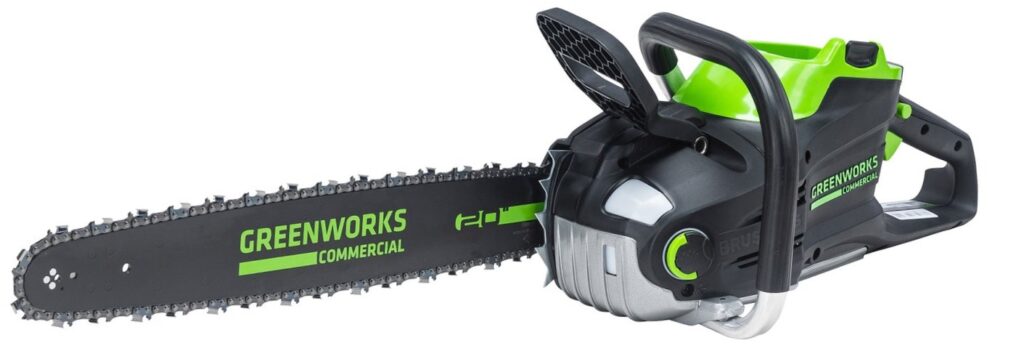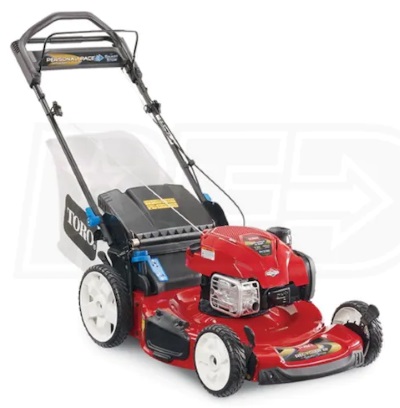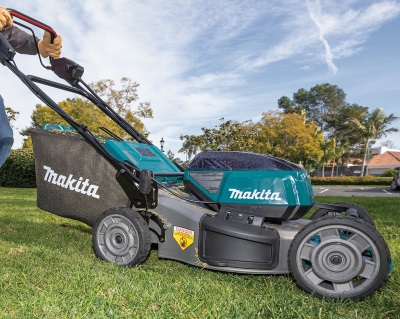Lots of people make small batches of biochar in kilns, retorts, rings and pits. To move the char, most people shovel it out. When your batches of char get bigger, unloading is a lot of time and energy. How to improve that?
There are two main challenges: moving the char out of the kiln, and getting it to the desired size.
One option for moving the char is to use a kiln vessel, off the ground, that can be tipped to pour its contents out. This isn’t an option for those of us using pits or rings, or much larger metal vessels. For these, the main options are shoveling the char out, or sucking it up with a large vacuum.
It might be possible to find a grinder that you can shovel char directly into, which would grind it to the desired size (such as 1/2″-) without clogging or jamming or letting larger chunks through. It could then drop directly into the wheelbarrow, supersack or wherever you want the char to go. However, I have not yet found such a grinder to exist. Small shredders (leaf shredders, sink grinders) jam easily, have to be tended carefully, and are slow. Big hammer mills don’t readily jam, but pulverize the char to fine dust. In both cases, the moisture level has to be just right, or you get dust clouds (too dry) or a sticky slurry (too wet).
One option, that accomplishes both moving and crushing, is mentioned in the following video, from a farm in 2013:
https://youtube.com/clip/Ugkxk1v48cfHk11YydSC-zOSjTUwFHFxekec?si=O7zONl9wjCjbr7Sp
“About scale, a better way to crush the char, well we operate on such a big scale that we can afford to use one of these, basically its a leaf vacuum, we jump in there and we vacuum it out, and it grinds it on the way out, and we capture it in those giant super sacks. We vacuum it through a chopper.”
Further clarified, this farm uses a complete set of machinery:
Bob Wells: “The unloader that we build for the retort that you are referring to is run on a 14 HP gas engine and it is basically a slightly overbuilt centrifugal fan/blower/vacuum. The biochar is sucked right through the stainless impeller and smashed as it goes through. It is immediately blown from there to a cyclone separator that drops the char into a container. There is also an adjustable water jet built into the housing of the blower just before the impeller,so that we can add just enough water to knock down the dust. It only takes 10 minutes to unload the retort. […] it doesn’t crush the biochar to a uniform or controlled particle size. That requires another step. We use a hopper fed trommel to sort out the size fractions. Any oversize particles go into a finger type crusher that gives us perfectly sized biochar”
This sounds very powerful and convenient, but requires a long chain of equipment – huge vacuum, separator, water jet, hopper-fed trommel, finger-type crusher. Some of these can be bought (certainly large debris loaders exist, and cyclonic separators are common) but some parts have to be custom built, experimentation and welding is required, and the whole chain adds up to a major commitment of time and money – certainly tens of thousands, if not hundreds of thousands of dollars.
What can be done on a more moderate budget? Or closer to turnkey, instead of years of experimentation?
I bought a powerful leaf blower, which can function as a vacuum, with a force of “up to 473 CFM” (Makita XBU04ZV, $276 on sale via Amazon.com, usually ~$400) and a cyclonic separator (Oneida Dust Deputy 2.5 Deluxe, $140 plus shipping). I took them to my kiln pit, and tried to suck up biochar. This is what I learned.
- Charcoal in pit -> hose -> separator -> vacuum. This kinda worked at first. The separator did a good job of separating, with the char getting sucked up the hose, then dropped by the separator into a bucket. However,
- It soon jammed, because large chunks got sucked up and stuck in the hose.
- It was fairly slow. Might work better with a more powerful vacuum.
- Lots of the chunks getting sucked up are bigger than desirable.
- Charcoal in pit -> sieve -> hose -> separator ->vacuum. This solved the problem of large chunks coming up the tube, but it was even slower, because I had to continuously move the hose with sieve around in the charpit. This was disappointing, because I had high hopes for this approach.
- Charcoal in pit -> hose -> vacuum -> bucket. This uses the vacuum’s own impeller to break up the char, and spit it out the back into a bucket. However,
- Again, the hose jams with larger chunks.
- It comes flying out the back at such high speed, it’s basically blowing out dust. The impeller is doing too good a job at breaking up the char. Maybe a large dust bag would work for catching the output without reducing airflow too much.
To be fair to this Makita vacuum, it’s made to suck up leaves, and it expects to suck them up the included straight tube, so they’d be much less likely to get jammed. However, to use it that way, I’d have to wear the vacuum, aiming the straight tube down into the pit. That seemed too awkward, which is why I tried using a vacuum hose instead, only to find the curves in the hose jammed far too easily. These vacuum hoses are made for wet/dry shop vacs, which usually only suck up dust, not 1″ lumps of charcoal. In the video above with a farm using a vacuum, there are two key differences, their hose is much larger diameter (probably 8″ vs. 2.5″), and the suction is much higher (a 14 HP gas engine vs. the Makita’s motor which is probably ~1 HP).
Things I could still try:
- Using a bigger hose. 4″ diameter hose is available and that matches the in/out ports of the Makita. It’s not a cheap experiment, though. It would also involve a bigger cyclonic separator, a 4″ is available for a few hundred bucks. I suspect it would work better and jam less, but still suffer from overall slow throughput.
- Using the straight hard tube, wearing the vacuum. I’m not optimistic about the ergonomic usability of that approach.
- Try a bigger vacuum – like a gas-powered debris loader. A good one costs at least $2k. A reasonable cost, if it works well, or an expensive experiment if it doesn’t.
- Give up on vacuums completely, and just shovel it out of the pit, into a hopper, where it drops through an appropriate grinder. The search for such a grinder continues.












